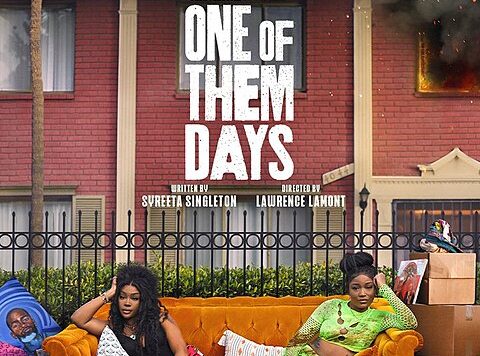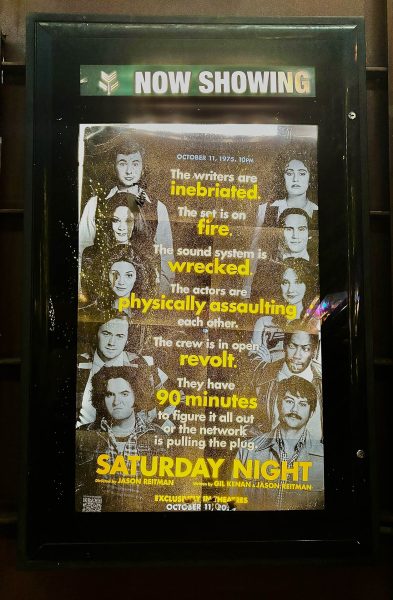“Cloud Atlas” handles heavy topics with grace
The single most important film of this decade and a cinematic masterpiece that few will truly appreciate in its theatrical run is “Cloud Atlas.” The film tells six different stories; however, it really is just one single tale of the human condition and how the soul can change or stay the same across physical boundaries and time.
Admittedly, this scene was a little strange initially. The film opens up with a shot of the night sky with every star illuminated and the frame drops down to a gibbering Tom Hanks waxing poetic.
Out of context, even with clean ears and paying the utmost attention, I had no idea what he was saying. This was a bit worrisome, but then once the film tied everything together. The Wachowskis’ and Tykwer’s reasoning to open the film in this way was soon easily understood.
It was a magical experience watching this film and just knowing that a movie like this can still exist among many of the cynically-made films today gives me hope.
Where to begin? The film’s narrative is at times simplified to try as best as possible to appeal to the layperson, but even so it is a confusing but beautiful film.
The movie makes no apologies for wearing its heart on its sleeve and the ambition is second to none.
The six storylines are not perfect and some are better than others, but each one flawlessly links to one another.
The earliest storyline takes place in the South Pacific circa 1840s as an American lawyer on a ship, played by Jim Sturgess, writes in his journal about his experiences whilst looking for a cure to a worm in his brain.
He is then shown the horrors of slavery while the ship is being repaired. He befriends a slave who proves his worth as a remarkable sailor after being forced to make his case.
Sturgess’s journal is then read by an Englishman in the 30s, played by a dashing Ben Whishaw, who serves as an amanuensis to an ailing composer who needs his help dictating his musical works.
Whishaw’s musician writes letters to his lover Sixmith and these writings are read by the next character, Luisa Rey.
The Luisa Rey storyline, in contrast to the more period-type films the other stories were, is shot like a 70s cop procedure with the threads to match.
Luisa, played by the incomparable Halle Berry, is a hardnosed journalist looking to get the truth on a nuclear energy company run by Hugh Grant’s character.
Coincidentally, she is given help by an older Sixmith who is working for the energy company, but forced to be a whistleblower.
Rey’s manuscript is then read in the present day by Timothy Cavendish, a publisher in London who gets into a sticky wicket by being forced into a retirement home to evade gangsters.
His ordeal is eventually made into a movie, funnily enough, where he is played by Tom Hanks, and this film plays in a small media player that a young Korean woman named Sonmi-451 witnesses.
Her storyline takes place in Neo–Seoul in the distant future where she works as a waitress in a totalitarian society that manufactures people like her called fabricants.
She is then whisked away by a faction in the government called the union who want to show the world the truth about her kind. In the final timeline, Sonmi-451 is eventually seen as a deity whose revelations are what many peoples cling to after “the fall” when whole societies collapse.
What is best about the film are the messages that it conveys. Although it seems we keep making the same mistakes time and again, that maybe our souls can evolve over time.
The themes of slavery, homosexuality, love and hope resonate throughout many of the storylines and this is the backbone of the film.
Many might see this as heavy-handed, but not nearly enough films delve too deep into these subjects and this is precisely why more films should be made in this vein.
The Wachowskis and Tom Tykwer have crafted one of the most awe-inspiring, gorgeous and important films. Period.










